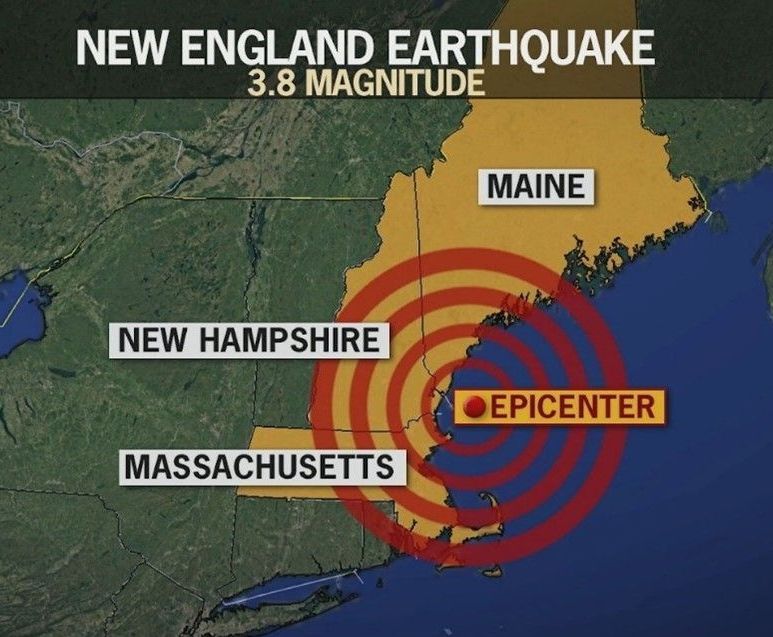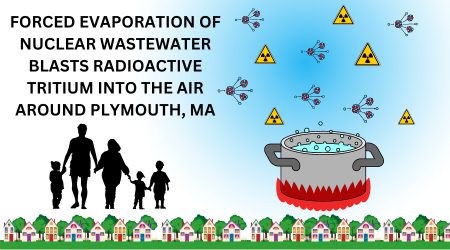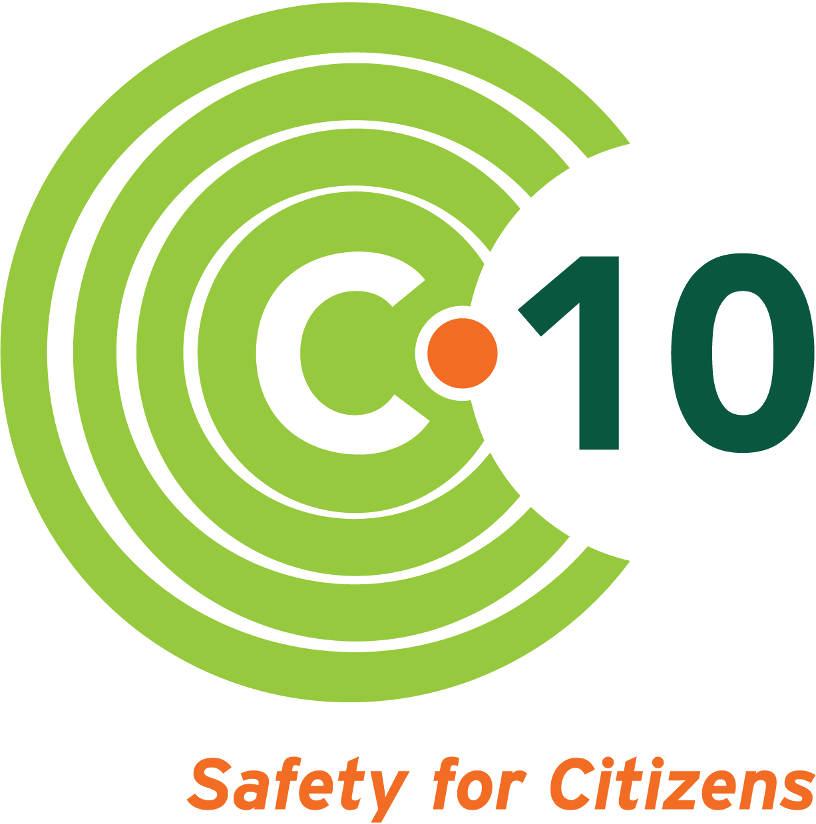Many Words, Few Answers: No Surprise from NRC at Seabrook Safety Meeting
- By Karen Clagett
- •
- 08 May, 2019
Hiding behind bureaucracy, panel was well-rehearsed in art of the side-step
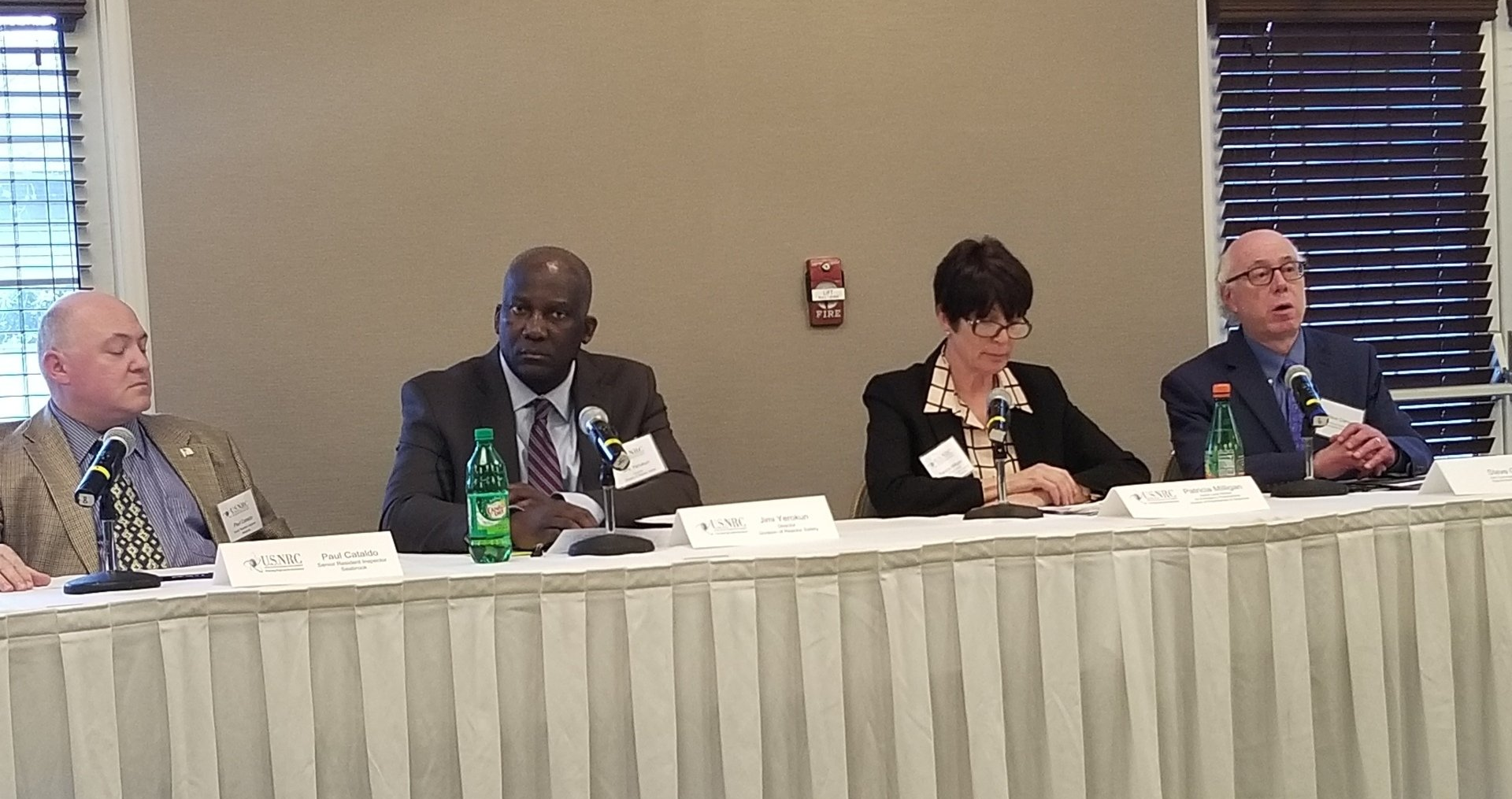
There is an art to answering a question without really answering it at all, and that well-honed talent was on display the evening of Wednesday, April 24 in Hampton, N.H., at the government's annual safety review of Seabrook Station.
U.S. Nuclear Regulatory Commission (NRC) and Federal Emergency Management Agency (FEMA) officials listened respectfully to public comments and responded by quoting NRC's "NUREG" regulations and reciting evacuation planning guidelines.
As for the operational safety of Seabrook, we were told during a brief presentation that over the past year, few concerns were discovered, those concerns were minor, and that basically, we should all go to bed and snuggle down for a long spring’s nap.
I’ve attended several of these NRC meetings over the years. Once again, a lack of specifics, naive expectations, and downright denial— or perhaps ignorance—of our changing climate by the federal representatives sent to reassure us made for an uneasy rest for me that Wednesday night. Here are some “highlights” of the evening:
When asked by a member of the audience why the NRC approved Seabrook’s request for a license extension and an amendment to its current license before questions about the plant's degraded concrete are fully vetted by NRC's Atomic Safety and Licensing Board, Jimi Yerokun, Director of NRC’s Division of Reactor Safety replied essentially that they'd followed the NRC regulations for licensing, and well, there was no reason not to move forward.
We were assured that no cracking in the concrete was visible in many areas of the plant so therefore it was safe, although anyone who has studied alkali-silica reaction (ASR) knows that it can originate deep within concrete and be invisible to the eye.
Interestingly, many audience members brought up the question of why NRC pushed through a license extension for Seabrook to operate to 2050 before the resolution of C-10's hearing on the plant's degraded concrete, which is scheduled to be held locally the week of September 23. Nope, still no good answers there— however the NRC was clearly anticipating dialog on the topic; they had copies of this nifty fact sheet on Seabrook licensing, ASR and C-10's hearing.
When asked by another member of the audience if a plan existed to deal with the spent fuel generated by another 20 years of operation, considering that all current spent fuel must be kept on site until or unless a national storage plan is developed, NRC struggled to answer.
Eventually, someone on the panel stammered that the NRC was working to develop a solution. Of course, we know that despite decades of work and billions of dollars, there remains no viable “solution” to dealing with nuclear waste for tens of thousands of years.
When asked if the NRC knew the estimates for rising sea levels in the not too distant future, no one on the panel had an answer—even though some in the audience were aware that National Oceanic and Atmospheric Administration (NOAA) prediction models exist (See related blog on Sea Level Rise).
When asked whether the Seabrook plant was designed to withstand a tsunami, we were told by by NRC project manager Justin Poole that it was designed for hurricanes. Oh darn.
NRC Senior Resident Inspector Paul Cataldo stated that its concrete protection would be impervious. But, as experts know, ASR degrades concrete and worsens over time, and is fed by the presence of moisture.
John Stevens of Gloucester, Mass. asked whether built into the economics of the nuclear plant were the costs of the storage of radioactive materials for 10,000 or more years. For a moment, the panelists' mouths hung open.
Perhaps these government employees would realize they had no good answer, and admit as much. But no—somehow they found a way to fill the airspace, and just kept talking. It was almost laughable, except that the subject at hand is deadly serious.
We were told there is a fund to cover some costs, but, of course, Congress would appropriate any money that might be needed. For 10,000 years? Does the NRC live in the same country I do?
Approximately 160,000 people live in Seabrook’s 10-mile evacuation zone. Maura Healey, Attorney General of Massachusetts, asked that FEMA participate in the meeting in order to address concerns about evacuation. “What if roads flood?” I asked in a one-to one with Patricia Milligan, Senior Level Advisor with NRC’s Division of Preparedness and Response after the meeting. We will find alternate routes was her answer. Where? The Atlantic Ocean is on one side and all of the roads leading to Route 95 are minor and subject to flooding.
I also asked Ms. Milligan whether she believed that bus drivers would come from outside of the area (yes, this is part of the plan) to help with evacuation. She assured me that people are always heroic in these situations. They will run towards a problem, not away. Really?
Well, I think we need to run towards some of the problems I see right now and refuse to allow the NRC to cede all decision making to nuclear plant owners.
Christopher Flavelle and Jeremy C. F. Lin wrote in their April 2019 Bloomberg Businessweek article: U.S. Nuclear Power Plants Weren’t Built for Climate Change that by 2060, New Hampshire’s coastline is expected to flood twice a month, according to the Union of Concerned Scientists.
The nuclear industry stows generators, pumps and other equipment on-site in concrete bunkers to keep electricity flowing to prevent a meltdown in case of power outages. Yet in January 2019, the NRC ruled that plants do not need to update materials and eliminated requirements for drills.
Gregory B. Jaczko, former NRC commissioner and Chair of the NRC 2009-2012), assessed the industry’s reaction to the Fukushima meltdown: “Any work done following Fukushima is for naught because the Commission rejected any binding agreement to use that work. It is like studying the safety of seat belts and then not making automakers put them in the cars.”
As an aside, check out Jaczko’s chilling new expose: “Confessions of a Rogue Nuclear Regulator,” for a glimpse of the entanglement and control that nuclear industry wields over the NRC and Congress.
The NRC has long done the industry’s bidding. It allows the plants to conduct their own estimates of flood risks and what assumptions to make, such as rainfall and wind speed. It rejected a proposal by its own staff that as climate changed progressed, updates of assumptions were needed.
What can we do? Lives are crowded with responsibilities and must-dos. That is why C-10 is so worthy of support. Each of us may not be able to read all that is published about the nuclear industry, but C-10 is paying attention. The average person is not equipped to monitor radiation in real-time, but C-10 does, 24-7.
If you are outraged at the state of nuclear regulation and concerned about the safety of nuclear plants—especially in the face of climate change—I’m with you. Now, if you’d like to do something about it, instead of just shake your head in despair, I hope you’ll join me and support C-10’s critical work on behalf of the safety of Seabrook’s neighbors. CLICK HERE to give online.
Karen Clagett is a Newburyport resident and member of C-10's Board of Directors.
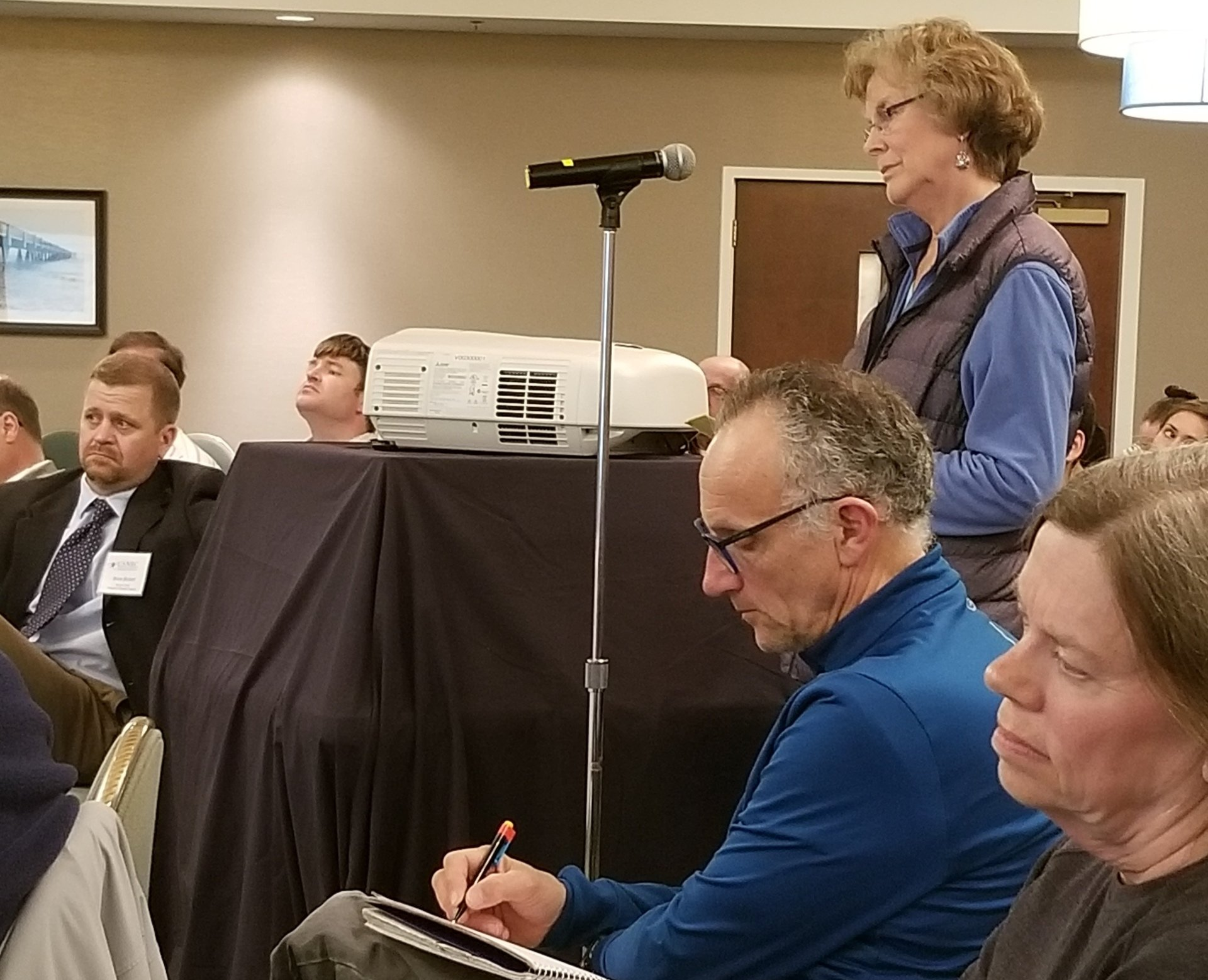
Upcoming Event: C-10’s Concrete Expert to Speak on June 27
Dr. Victor Saouma, an expert in alkali-silica reaction (ASR), will speak at the Annual Public Meeting of C-10 on Thursday, June 27 at 7 pm at the Newburyport Public Library. Dr. Saouma is C-10’s technical expert in the case before NRC’s Atomic Safety and Licensing Board about concrete degradation at Seabrook. That hearing will be held locally and is set for the week of September 23. Save the dates, and stay tuned for details. Please follow C-10 on Facebook or on our events page at C-10.org.Follow us

